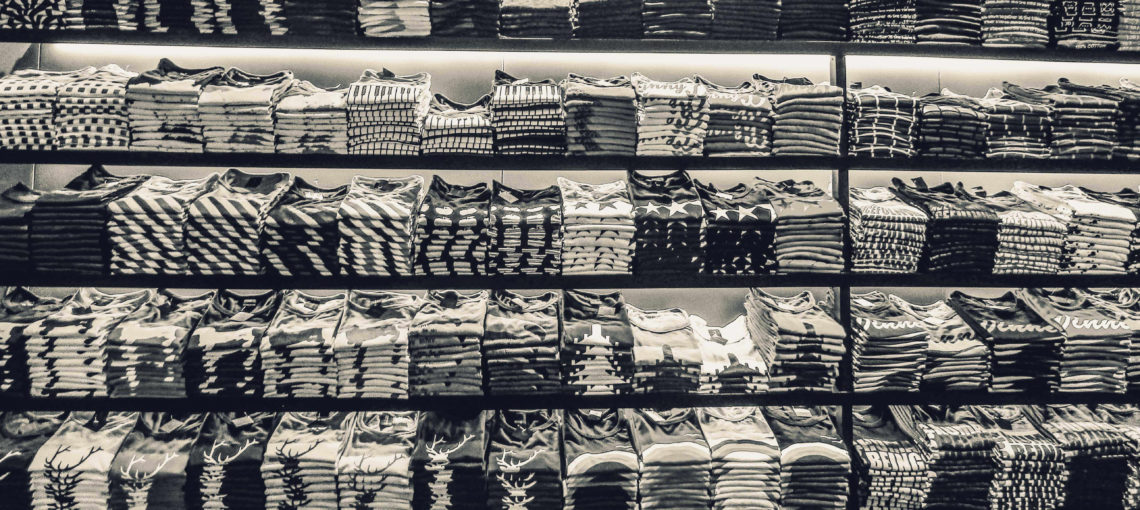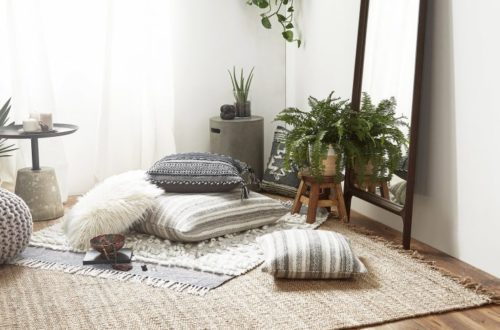
5 Questions You Should Ask Before Buying New Clothing
We start recycling, we stop using plastic and eating meat and we might even use public transportation… but when it comes to our wardrobe, we stop thinking altogether.
Just the thought of “buying new clothes” can generate enormous euphoria in some women. Especially if it comes with the word “sale.”
So how can we be sustainable when we live in a fast-fashion culture?
The answer is consciousness.
Often buying a new outfit is an impulse and this can cause damage: an overcrowded wardrobe, burst credit card, feelings of emptiness, among others. Besides the personal impact, there is an environmental and social impact. The fashion industry is the second largest consumer of water, produces 10% of all carbon emissions and pollutes the oceans with microplastics. Also, it affects the lives of over 33 million people in the alarming production of 100 billion pieces per year.
It is necessary to make “buying” a conscious act and avoid waste. So, let’s ask ourselves a few questions before we buy new clothing.
1. Do I Truly Need This?
This is the first and most important question you should ask yourself: Do I Truly Need This? What is driving me to make the purchase: need or impulse? We all need clothes from time to time, and there’s nothing wrong with adding one or another item to your wardrobe every once in a while. But questioning the real need for the purchase will help put it into perspective.
Think about your closet for example: Is this my style? Do I really need another pair of black jeans?
And no, it doesn’t matter if it’s cheap. Remember, it’s not a good deal if you don’t need it.

Share/Pin the image above so we can share awareness 🙂
2. How often will I use it?
According to recent studies, most women say fashion buys are just worn seven times and one in three women consider clothes old after wearing them only three times. Social media plays a big role in this “culture” because being pictured twice and “tagged” in the same dress on different events is a fashion no-no. I believe if you ended up reading this post until here is because you are tired of this culture and want to change so my advice is: know the motivations behind your purchase and be true to yourself.
How many times are you going to wear it?
One trick that I often use is to divide the price of the item for the number of times I am going to wear it. For example, if a shirt is 30$, will I wear it 30 times? If yes, then it’s a good purchase, otherwise, I leave it at the store.
3. Who Made This?
Fashion companies are becoming more transparent about the environmental impact of their businesses, yet few are comfortable discussing social issues such as worker welfare and wages. Child labor, low wages and inhumane conditions are still in the news now and then. A fashion brand should have a code of conduct with their suppliers.
Try to be active and follow the brands you love to check on their updates about who is making their clothes and their efforts to lower their environmental impact. Question them on social media or join support groups and environmental organizations that work closely with governments to take effective measures and to force companies to take action.
4. What Fabrics Are Used?
It pays off to understand the materials your clothes are made off. Try to buy from brands that give information on labels about the products, such as origin and composition of the raw material. Many fabrics, like synthetic fabrics (nylon, polyester,..) and even [non-organic] cotton, are produced from chemical processes that cause damage to the environment.
If you are looking something a little bit greener go for organic cotton, linen, silk or tencel for example.
Knowing the composition is also important because of the washing. Knowing how to clean and take care of your clothes can increase their lifetime and reduce the need to buy new clothes.
5. Is this a Quality Product?
Sustainable fabrics can be more expensive and not as easy to source but it pays off in both impact and even performance. A quality product can last much longer than a poor-quality one. If the product lasts longer, there’s no need to replace it anytime soon, which reduces the consumption and ultimately, waste on the planet.
So the good news is that you can make a more sustainable choice in fashion. Every time you go shopping or when you’re browsing through online stores, you can choose fashion brands that are friendly to the environment.
If you liked this article and want to learn more about slow fashion, sustainability and fair trade, I invite you to follow me on any platform you are more active on: Pinterest, Facebook, Instagram.
Let me know if you have any questions, in the comments below.
Did you find this post useful? Save THIS PIN below to your Sustainable Lifestyle board and check it later at any time!


You May Also Like

8 Ethical Brands Made in Europe
26th December 2019
8 Sustainable Fashion Brands for that Bohemian & Ethnic Look
20th February 2020
